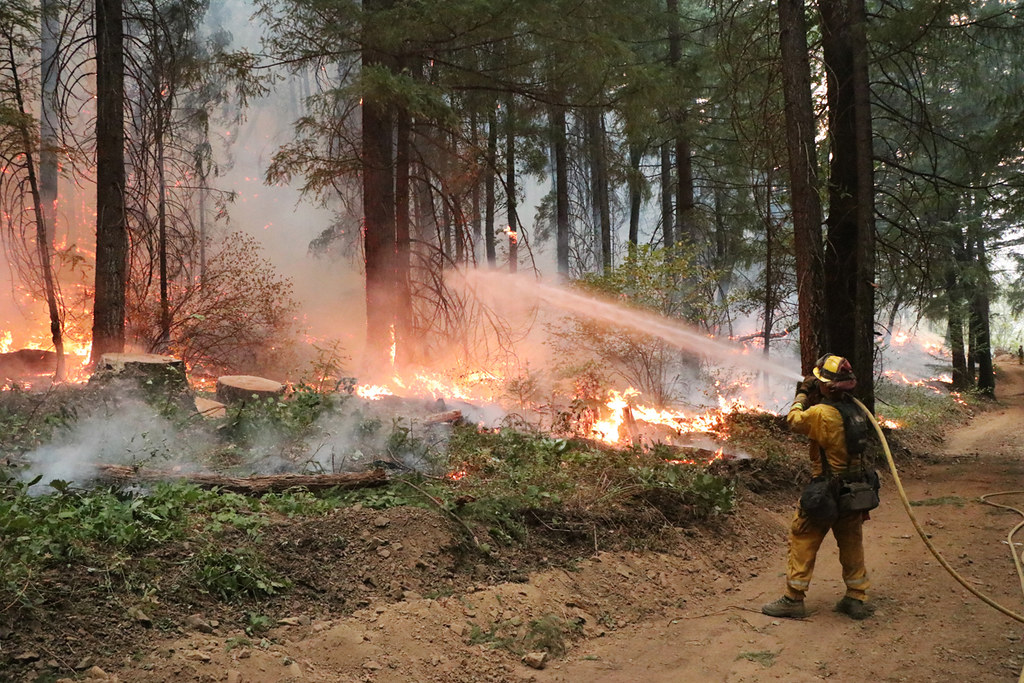
This article was originally published by the Frontier Institute.
When wildfires burned on the edge of Helena this August, there was immediate fear that the flames could grow to destroy the surrounding forests and homes. Firefighters geared up and residents watched nervously as helicopters dropped water on flames scorching Mount Helena– preparing for the worst. The good news, however, was that active forest management activities had been completed on the landscape in recent years so the fires could be quickly managed.
When the forests around Helena were originally surveyed decades ago, most of them were at risk of high-intensity wildfires, mainly because so many trees were killed by beetles and were ready to burn. Understandably, forest managers were concerned and set out to reduce the wildfire risk. Over the past two decades, federal land agencies, the State of Montana, the City of Helena, and private landowners have worked together to actively reduce the number of dead trees, overgrowth, and other fuels on the ground that feed catastrophic wildfires. They mechanically thinned the forest so that dead or unhealthy trees were removed, and applied prescribed burns on the ground to remove overgrowth.
With these treatments applied, the wildfires this summer lacked the fuel sources to grow big and out of control. Instead, they remained smaller and more manageable so that firefighters could more rapidly extinguish the flames and protect humans and infrastructure. As Brad Langsather, the city of Helena’s open lands manager said, “[The public] not only got to see the tactics that were deployed, but the citizens got to see the effect of active forest management and the impact that it can have on fire behavior.”
Similarly, proactive forest management activities helped mitigate the Lemonade Fire near Marion earlier this month. The fire was rapidly burning through the forest, but then slowed down and became more manageable when it moved into areas where timber had been harvested and brush had been cleared out. The official fire report noted, “these treated areas are moderating fire behavior and helping considerably with the suppression efforts.”
The good news is that these examples of forest restoration activities are being seen across the West. The bad news is that actually implementing these treatments on the ground is easier said than done. Lengthy environmental reviews, litigation, and capacity constraints regularly delay forest projects for years—sometimes with disastrous results.
One thinning project in Northern California, for example, was held up for more than a decade by activists who claimed they wanted to protect endangered spotted owls. As the project sat in limbo, a wildfire burned the owl habitat to the ground last year. A few years ago, a similar story played out in Montana near Lincoln when wildlife habitat went up in flames after a treatment project spent seven years in a combination of analysis, delays, and litigation.
These stories highlight that managing our forests through mechanical thinning and prescribed burns works to reduce wildfire risk. As Governor Gianforte put it earlier this week, “Everyone wins when we manage forests actively: they’re more fire resilient, we have more habitat, there’s more access for recreation, and it creates jobs in our communities.”



